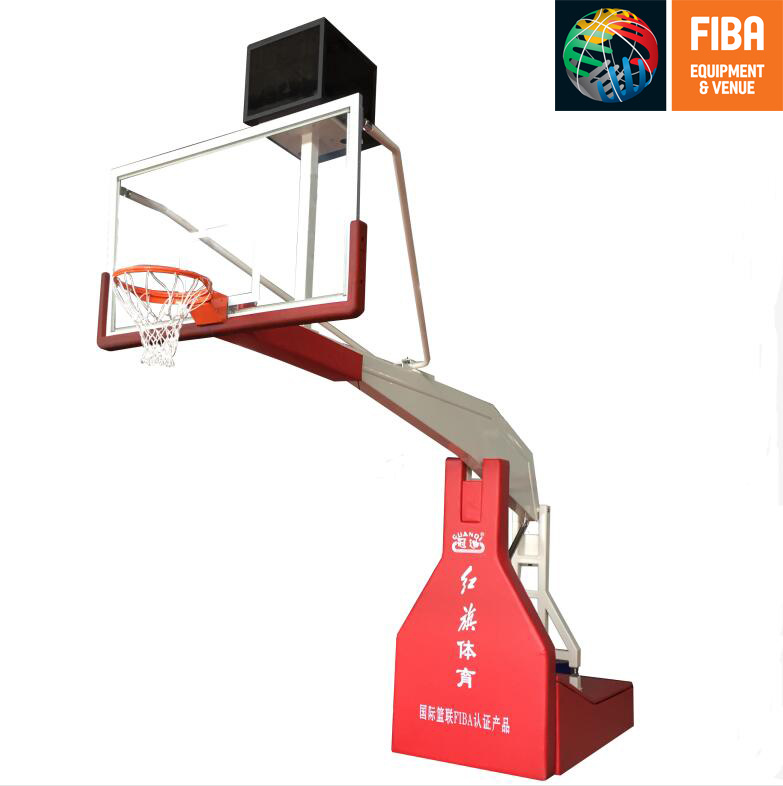235 visitsIn basketball, a sport that is popular all over the world, the International Basketball Federation (FIBA), as the highest governing body of international basketball, has formulated basketball rules that are not only the cornerstone of basketball competitions in various countries, but also an important guarantee for ensuring fair and just competitions. This article will deeply analyze the main content and characteristics of FIBA basketball rules and take you into the competitive framework of international basketball.

1. Courts and equipment
The standard basketball court stipulated by FIBA is 28 meters long and 15 meters wide, which is slightly different from the size of the NBA court (28.65 meters long and 15.24 meters wide). This design is designed to meet the needs of more international competition venues. There is a center circle in the center of the court, which is used for jump balls to start the game or to compete for the ball at the beginning of each quarter. In addition, the three-point line, free throw line, reasonable collision zone (also known as paint zone or three-second zone) and other areas are also clearly defined. The horizontal distance between the three-point line and the center of the basket is 6.75 meters, which is closer than the NBA's 7.24 meters, which increases the hit rate of outside shots and makes the game more intense.
2. Game time
FIBA games are divided into four quarters, each lasting 10 minutes, with a 2-minute break between quarters and a 15-minute halftime break. Compared with the four 12-minute quarters of the NBA, FIBA game time is more compact, requiring players to have higher physical fitness and efficiency. At the same time, FIBA also has an overtime system, each overtime lasting 5 minutes, until the winner is determined.
3. Fouls and free throws
FIBA rules have very strict definitions of fouls, including personal fouls, technical fouls and physical fouls. If the number of personal fouls reaches a certain number (usually 5 times), the player will be sent off the court. Technical fouls and physical fouls will directly send the opponent's players to the free throw line, and may be accompanied by additional free throws or ball possession changes. When shooting free throws, players need to stand behind the free throw line and shoot without being defended. Each shot is worth 1 point.
4. Offense and defense
FIBA rules encourage the diversity of offense and the enthusiasm of defense. On the offensive end, the team can find shooting opportunities through passing, dribbling, breaking through and other methods. At the same time, the offensive three-second rule limits the time that offensive players stay in the paint area, promoting the fluidity of the game. On the defensive end, players can adopt a variety of strategies such as pressing defense and zone defense, but they must abide by the defensive three-second rule to avoid staying in the paint area for a long time without ball defense.
5. Special rules
FIBA also has some special rules, such as interference ball rules (touching the ball frame or backboard before the ball has completely entered the basket is considered a violation), ball-carrying rules (players illegally move more than two steps with the ball while moving are considered traveling violations), etc. These rules are designed to refine the details of the game and ensure the fairness and viewing of the game.
Conclusion
FIBA basketball rules are the cornerstone of international basketball. They not only standardize the way the game is played, but also promote the development of basketball technology and the improvement of player quality. By constantly adapting to the changes of the times and the development of basketball, FIBA rules are constantly improving and optimizing, bringing a more exciting and fairer basketball feast to basketball fans around the world. Whether you are a professional player or an amateur, understanding and mastering FIBA rules is an important way to improve your basketball skills and enjoy the fun of basketball.